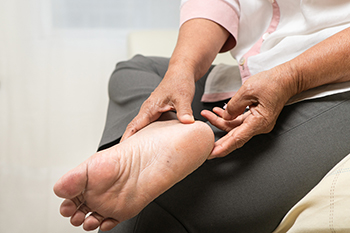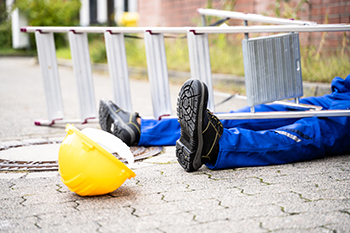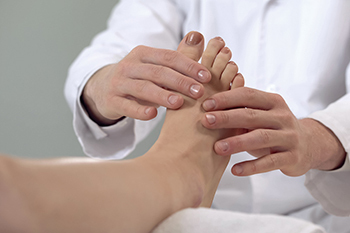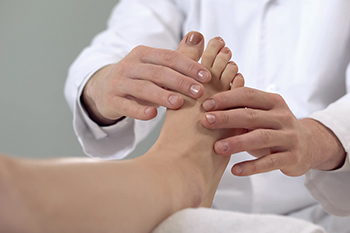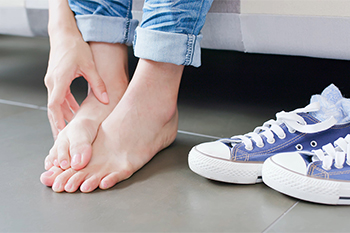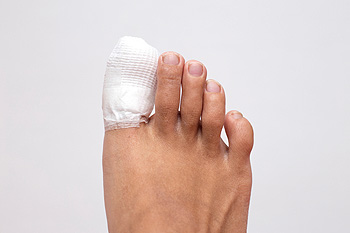
Pain is often the first sign your toe may be broken. A broken toe can be severe or mild, and there is generally bruising and swelling as well. The toe may break in one or more places, and may look displaced if it is severe. A popping sound may be heard, and it is difficult, if not impossible, to walk. A broken toe can happen as a result of dropping a heavy object on it, or from stubbing your toe on a piece of furniture. An X-ray is the most effective diagnostic test that can be performed, and this can determine the severity of the break. Mild fractures may be treated by using the buddy taping method. This is done by taping the affected toe to the toe next to it, and this is often successful in providing the necessary stability as the healing process occurs. It is important to take proper measures when healing from a broken toe, which may possibly prevent osteoarthritis from developing. If you believe you have a mild or severe toe break, it is strongly advised that you speak to a chiropodist as quickly as possible who can offer you correct treatment options.
A broken toe typically occurs following either a sudden, traumatic injury, like dropping a heavy piece of furniture on the toe. The impact causes the bone to fracture and produces a variety of painful symptoms. If you suspect that you’ve broken your toe, please consult with one of the chiropodists from The Footcare Centre. Our chiropodists can help you maintain the health of your lower limbs and your mobility.
Symptoms
Throbbing pain
Swelling
Bruising
Cracking sound at the time of injury
Difficulty bearing weight on the toe
Difficulty walking
Toe resting at an unnatural angle
Diagnosis
Your chiropodist can diagnose a broken toe through physical examination and imaging studies, such as X-rays.
Treatment
The main goals of treatment are to ensure that the bone heals properly, as a toe fracture that doesn’t heal properly can lead to osteoarthritis. You will typically need to rest the affected toe. You may be prescribed a splint to immobilize the toe while it heals. Icing the affected toe and taking over-the-counter medications can help reduce pain. In cases of severe fractures, surgery may be necessary to reset the broken bones and make sure that they heal correctly.
If you have any questions, please feel free to contact our office located in . We offer the newest diagnostic and treatment technologies for all your foot care needs.

